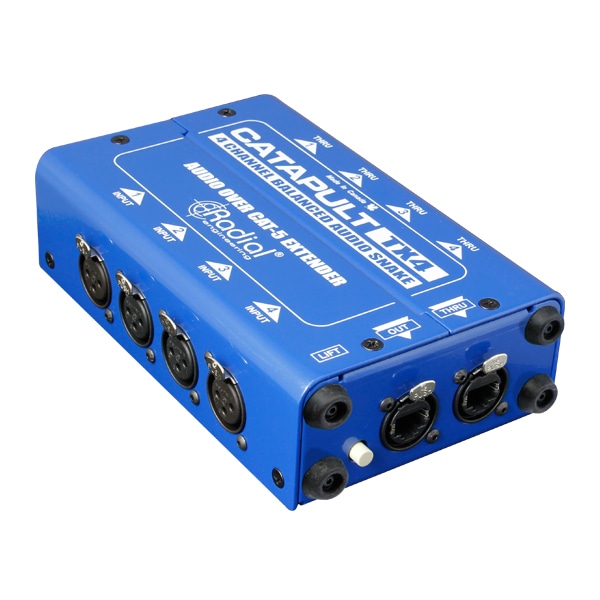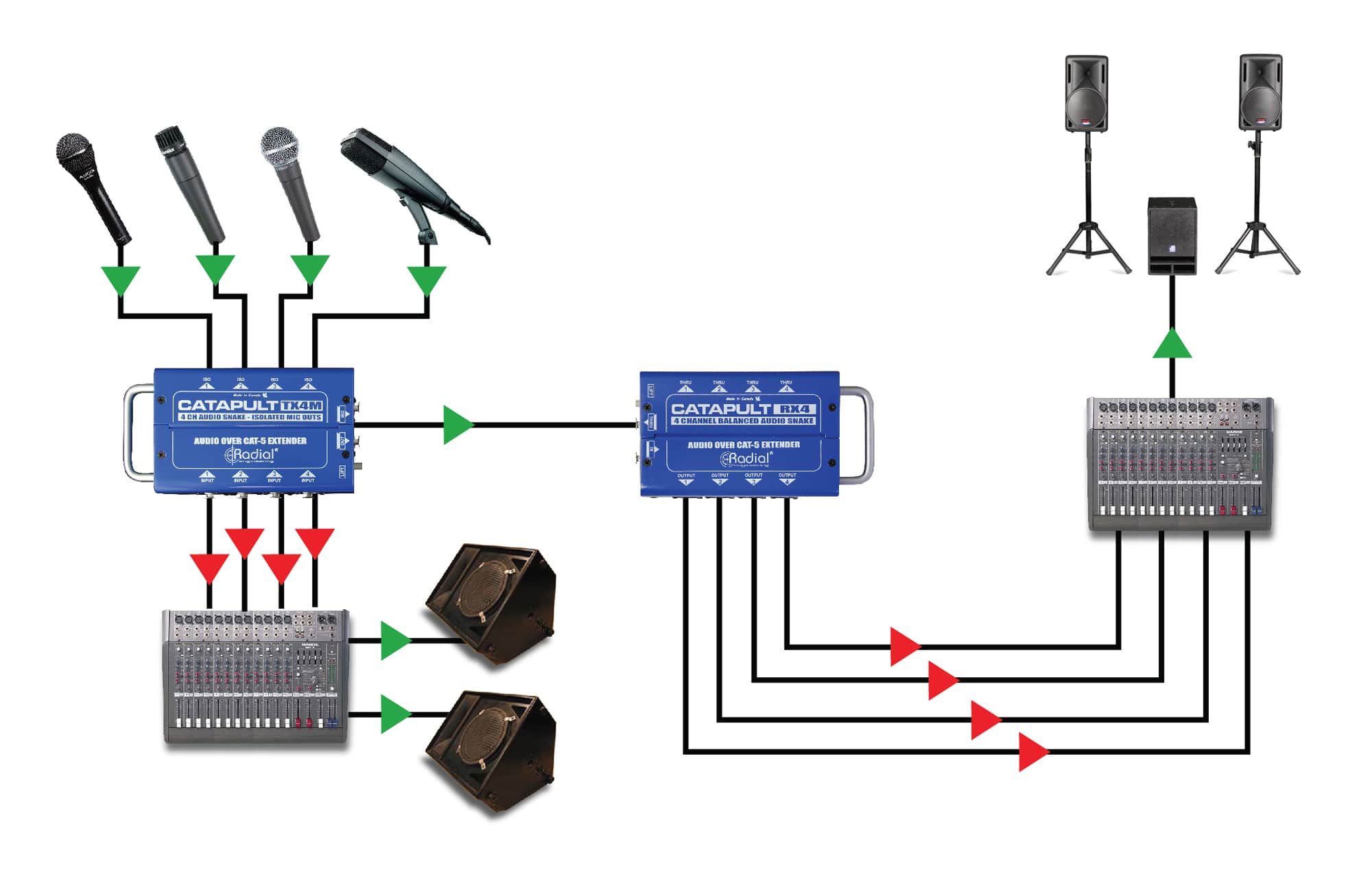Based on my small amount of research I'd need to convert the 3.5mm input to XLR.
This converter scales phantom power down to plug-in power:
This one doesn't convert phantom power and is less expensive. Apparently, using this adapter with phantom power on is dangerous so it'd have to be turned off. It's unclear to me whether, with phantom power turned off, the mixer would still apply enough pre-amplification.
For a mixer I'm looking at this one. Happy to hear recommendations for more suitable or less expensive mixers.
Also, I'd like to duplicate the lavalier mic's signal before getting to the mixer. Ie., send one copy of the signal to the mixer and another to an iPhone (via an audio-jack adapter). Will this work?
This converter scales phantom power down to plug-in power:
This one doesn't convert phantom power and is less expensive. Apparently, using this adapter with phantom power on is dangerous so it'd have to be turned off. It's unclear to me whether, with phantom power turned off, the mixer would still apply enough pre-amplification.
For a mixer I'm looking at this one. Happy to hear recommendations for more suitable or less expensive mixers.
Also, I'd like to duplicate the lavalier mic's signal before getting to the mixer. Ie., send one copy of the signal to the mixer and another to an iPhone (via an audio-jack adapter). Will this work?
Last edited:


